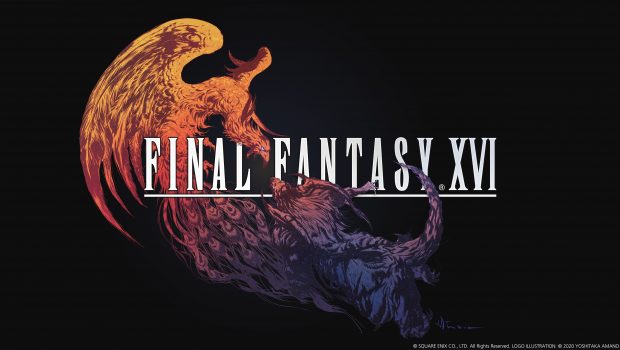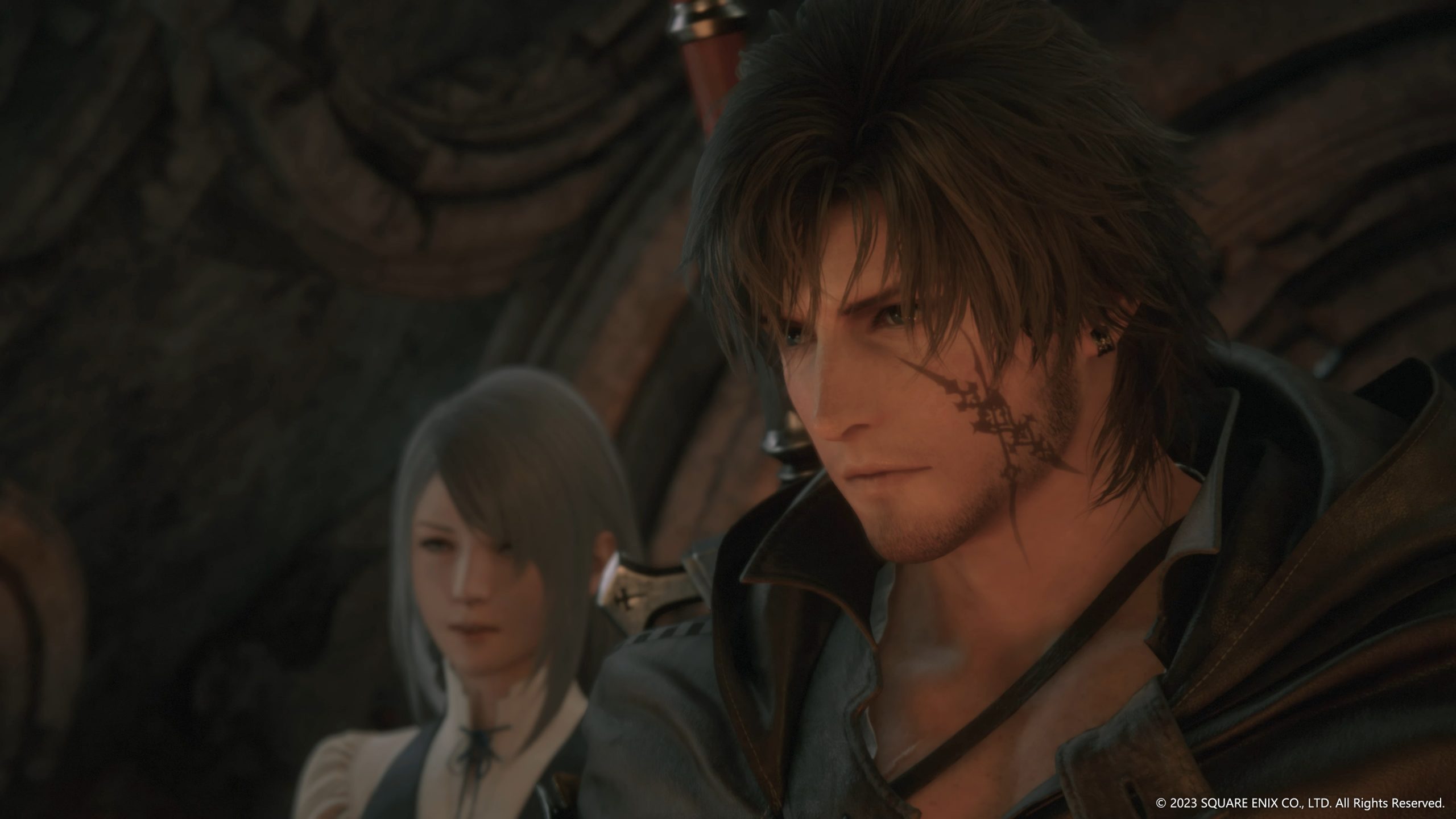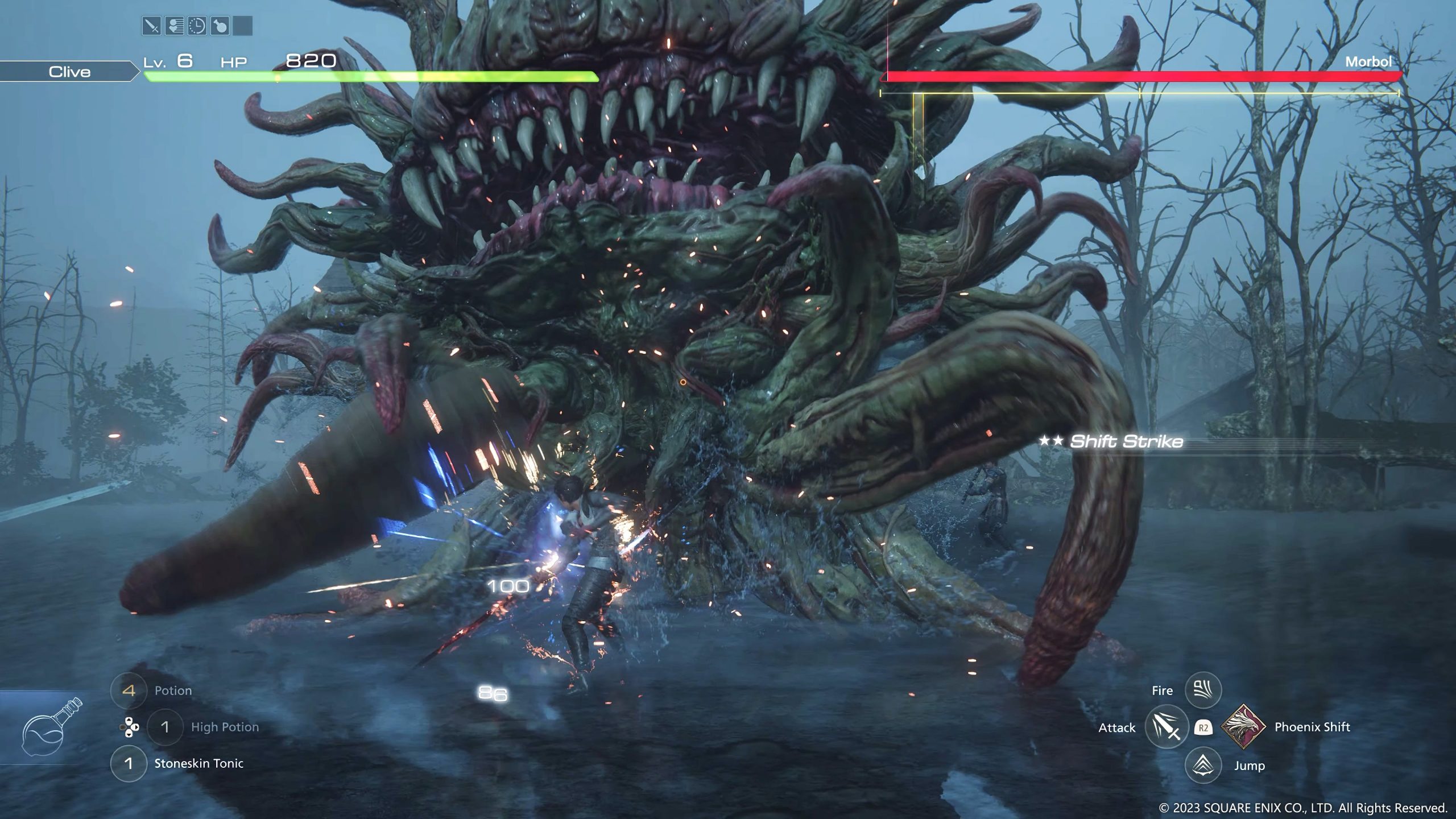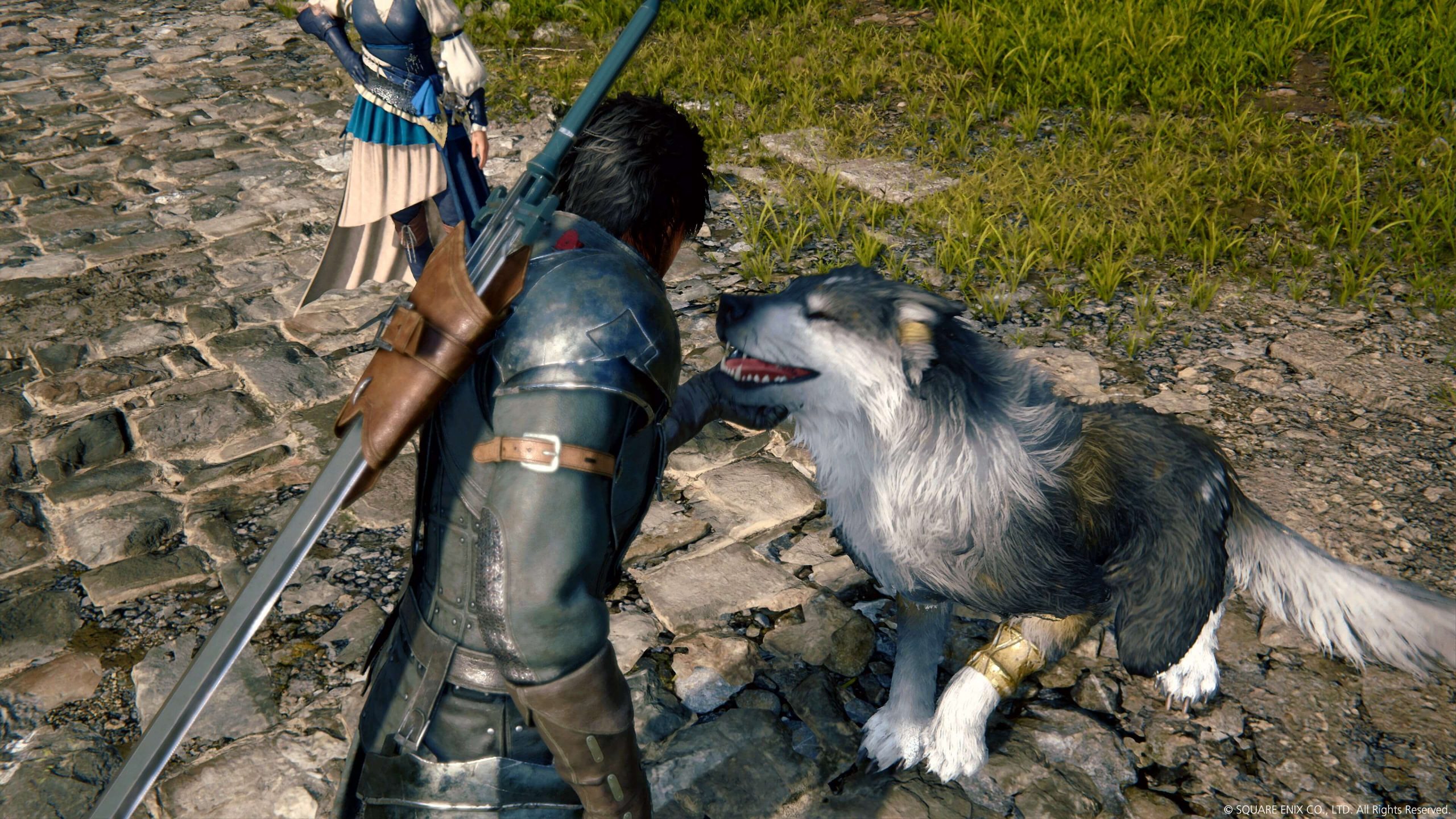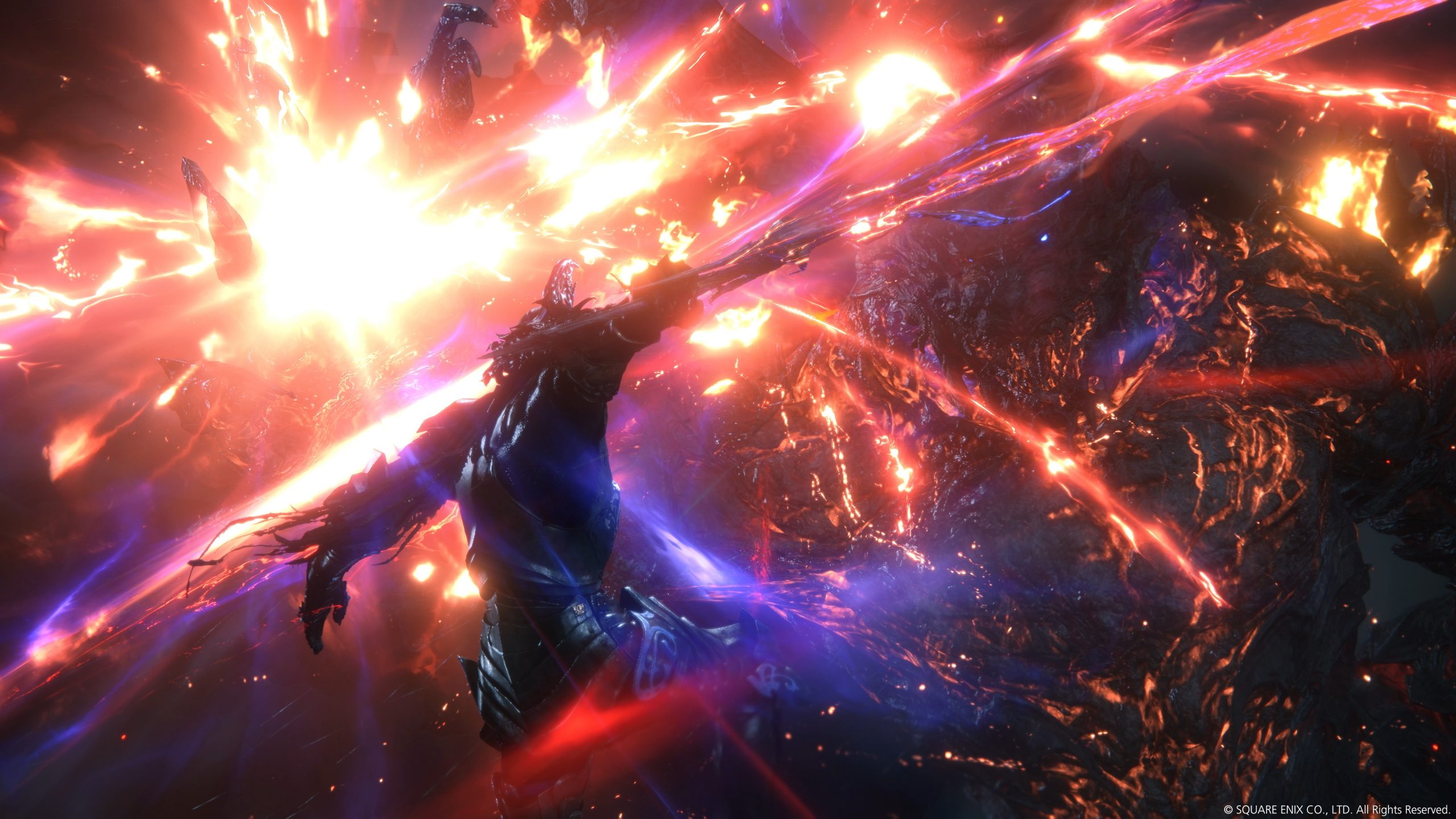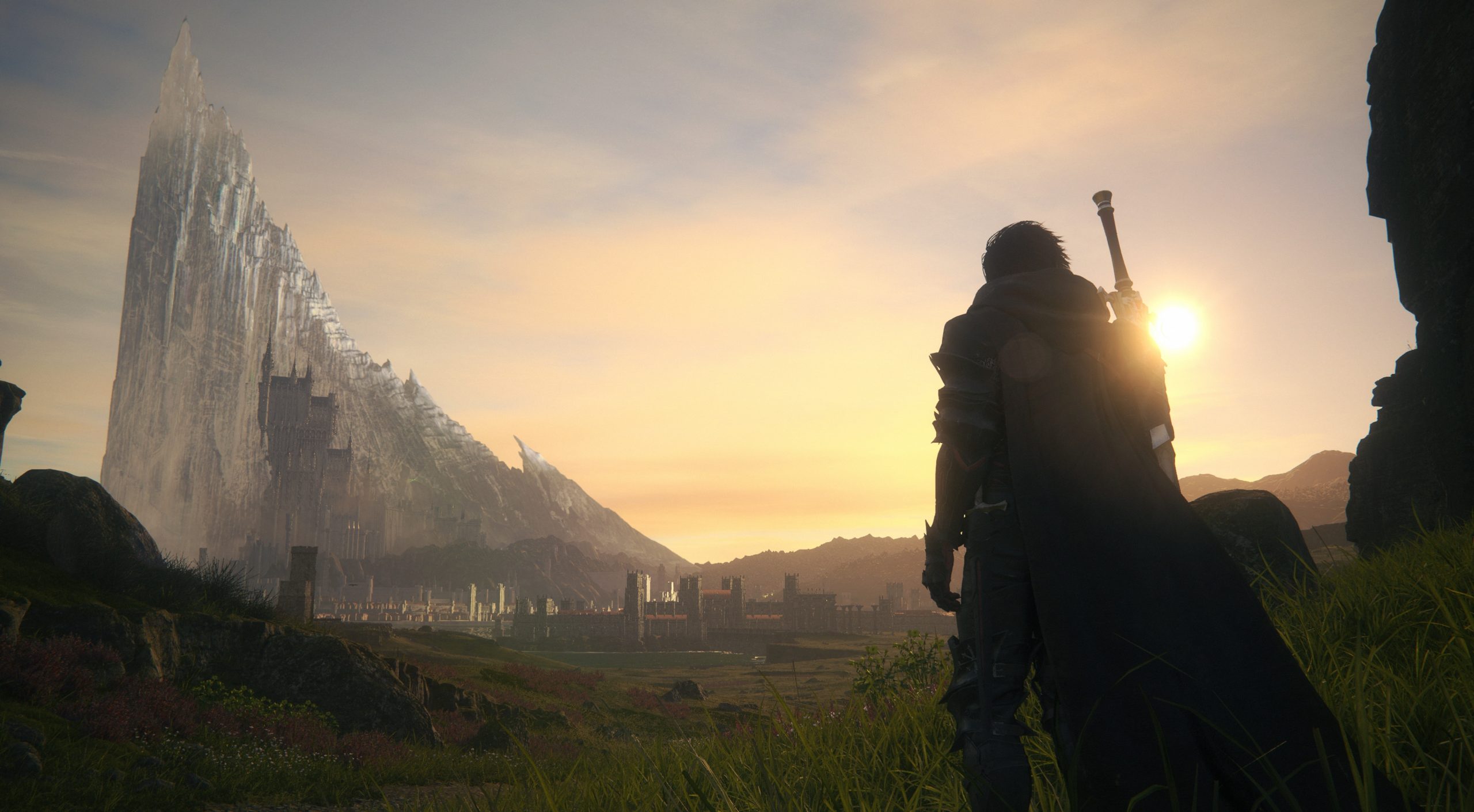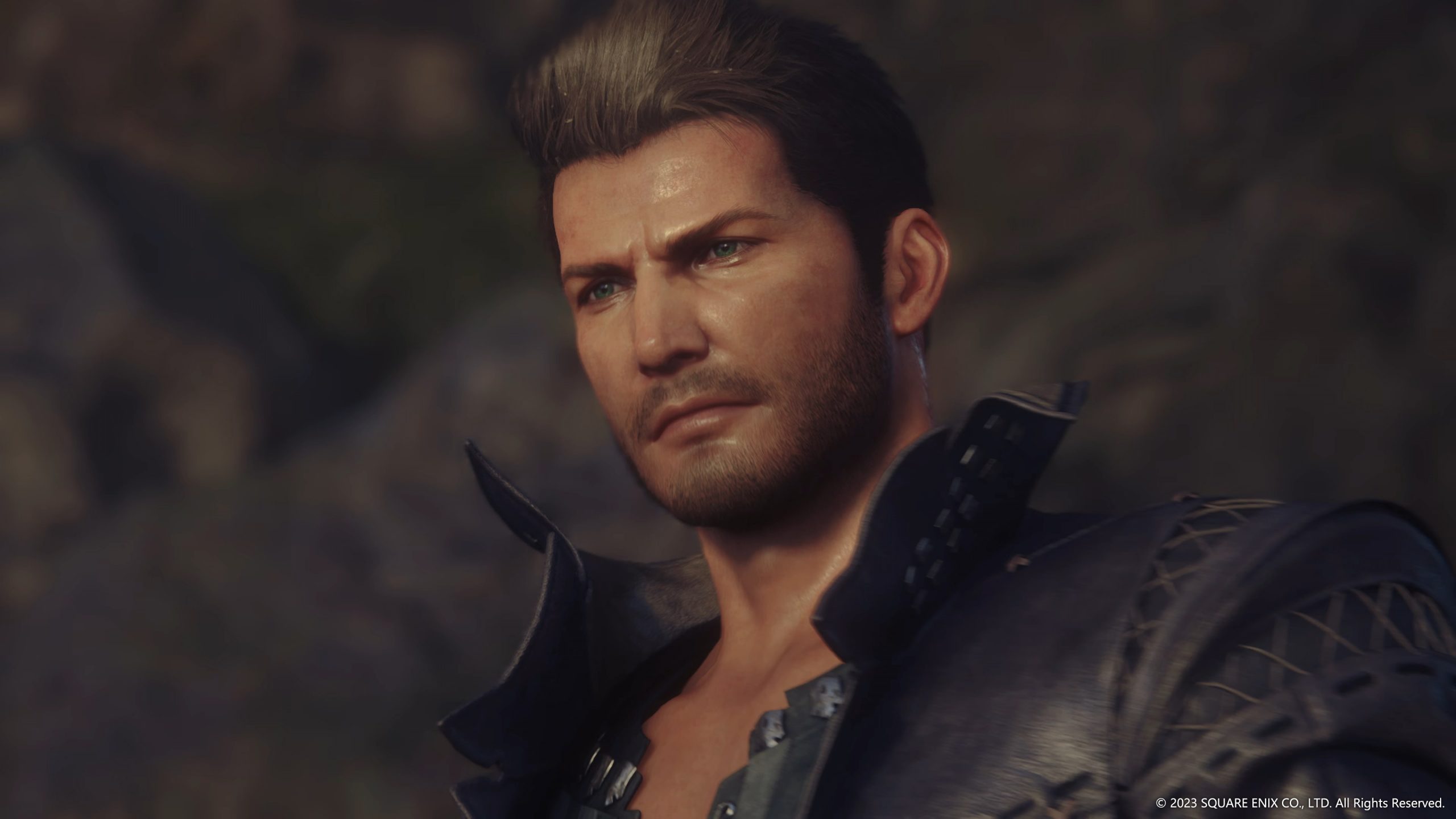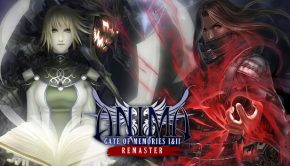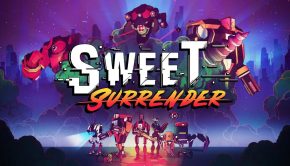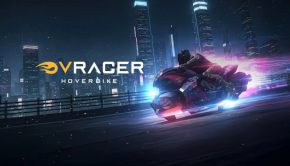Final Fantasy XVI Review
Summary: Final Fantasy XVI is the best mainline Final Fantasy game in years and another essential exclusive for PS5 owners.
4.6
Meanwhile...
Final Fantasy XVI is one of this year’s best games that flawlessly marries the design and narrative sensibilities of Japanese and Western RPGs in a manner that is simply spell-binding.
An epic tale of revenge, set against the backdrop of warring nations, players slide into the gruff shoes of Clive Rosfield. The deposed marquis of Rosaria, Clive is enslaved after his family is brutally slain in front of him after his house is betrayed during festivities that would see his younger brother, Joshua transform into the Phoenix, the Eikon of Fire, and become Duke of the realm.
If it all sounds a little Game of Thrones, that is entirely intentional, this is Final Fantasy by way of George RR Martin, and despite my reservations when I initially heard about how it would have a more overtly dark tone than its predecessors, it is easily one of the best and most complex tales the long-running series has ever told.
Its also likely to be one of the most contentious, slavery and racism are major themes and the series’ penchant for environmentalism returns as most of the warring is the result of the world slowly being drained of life due to a rapidly spreading blight, and the fight for liveable land and precious magical crystals (that may also be causing the blight).
But it’s also a game where medieval armies go to battle accompanied by Kaiju, and you go on hunts for mythical creatures in quests offered to you by a Moogle. You would think this would create some kind of tonal disconnect, but thanks to some incredibly solid characterisation, great writing, and I hope, soon-to-be award-winning vocal performances, it all gels together for the best part.
What is most impressive though is how Final Fantasy XVI manages to successfully subvert series tropes while peppering it with tons of great Easter eggs and references.
Central to all of this is the relationship that the world has with crystals and magic. Traditionally crystals are givers of life and being able to use magic is a valued skill. In Final Fantasy XVI though, crystals are a major source of conflict, and magic users are a slave cast in every kingdom except for Rosaria where the most powerful user, the Dominant who can transform into an Eikon is declared the ducies ruler.
Dominants hold prominent positions in every kingdom in the twin isles of Storm and Ash, which makes sense since they’re basically living weapons of immeasurable power capable of devastating entire regions and killing thousands with a single attack.
All this power comes at a massive price though as bearers (magic users) and dominants slowly petrify every time they use their powers. Used as a slave race, and discriminated against, bearers are forced to use their powers until they crumble into dust. Every bearer is also branded (Just in case this heavy-handed treatise on why slavery is bad wasn’t obvious enough)
The story may be grand in scale, and epic in scope, but it’s the combat that is the real star of Final Fantasy XVI. It’s clear that Square Enix has done their homework as the battle system, directed by Ryota Suzuki whose last game was a little-known action title called Devil May Cry 5, with help from the Kingdom Hearts team and the action game masters at Platinum is an absolute blast.
Although it feels like a departure from previous games in the series, in many ways, there’s no more managing Magic points, your spells just recharge and you no longer control or have to worry about other party members apart from your pet frost wolf Torgal, who you can command to attack, launch enemies or provide a small amount of healing. Though like the rest of your party, he can also just be left to his own devices while you focus on wrecking anything stupid enough to cross your path.
The moment-to-moment combat is fast, frantic and incredibly satisfying. As you unlock more abilities the feeling of getting more powerful is palpable. There’s something about diving out the way at the last second, returning the favour with a powerful counterattack and then pummeling a now staggered enemy with your most powerful specials that never gets old.
If I was going to compare it to anything else though it feels like a compelling blend of Devil May Cry, Bayonetta, and Kingdom Hearts, with hints of the Witcher and cinematic chops, and QTEs of Yakuza ( sorry Like a Dragon)
Throughout the game, you gain more elemental powers based on each of the eight Eikons. These act as your fighting styles with each having a specific ability, for example, the Phoenix lets you teleport towards enemies, while Aero pulls them towards you. As you master abilities you can then equip them to six different slots, which gives the combat an incredible amount of depth and variety as you unleash a barrage of devastating blows with just a few button presses.
The only downside to the combat is that sometimes there are so many particle effects and sparks flying that it’s hard to track your enemies’ movements, which is vital for performing a well-timed dodge, so you can occasionally get blindsided. Partying although a powerful tool also feels more like a matter of luck than judgment.
Meanwhile, the Eikon battles are pure spectacle. Essentially the crescendo to some of the game’s major boss battles, they are eye bleedingly beautiful and paced as dodge around screen-sized attacks, and thousands of fireballs, and beat your rivals with some suitably awe-inspiring turns of your own. They may not be that tricky to get through for the best part, though if you don’t manage to demolish those powering-up meters in time it’s game over, but they are a phenomenal power fantasy. Hammering square while these titanic beasts trade blows, skating away from danger and leaving a trail of fire in your wake and unleashing a devastating burst of fire when the time is right always feels absolutely badass.
One thing that may prove to be divisive though ( if Final Fantasy XIII was anything to go by) is how linear the game is. You are set on an incredibly narrow path for the first 20 hours of Final Fantasy XVI before it slowly begins to open up. I didn’t mind this because the pacing is, for the best part, absolutely spot on. As the story romps along at a steady pace with twists and revelations coming thick and fast as you and your merry band of outlaws attempt to destroy both the metaphorical and literal shackles that hold the continent captive.
Even when the game does open up it’s worth bearing in mind, it isn’t open world. Instead, there are four large areas for you to explore, each filled with optional hunts, side quests, and even some Devil May Cry-style trial stages peppered in for good measure.
I say they’re all optional, but if you want the best swords and accessories you have to complete the side quests and optional fights for the crafting materials you need to forge the best weapons and armour and have enough rep to get the best accessories.
Not that you’ll mind because the side quests feature some of the game’s most endearing moments as well as some of its most harrowing. I don’t want to spoil anything but as Terry Pratchett once wrote; “evil begins when you begin to treat people as things”. A sentiment that may as well be the tagline for the whole game, especially its darker moments.
In between quests, you’ll find yourself hauled up back at your hideaway, where you can also pick up some work monster hunting, answer your missives, stare at your slowly expanding shelves full of junk, have a pint, by a round, or use the glowing monolith in the corner to replay earlier story sections of the game to pick up items you missed, gain some extra experience or have a go at arcade mode.
All of this is tied together by some incredible performances by the main cast and an incredibly strong script that is weirdly anglocentric. I don’t think I would ever hear someone say ta ra in a Final Fantasy game. Let alone have a loveable Geordie as one of your main companions.
The whole cast is simply stupendous, but if Ralph Ineson doesn’t win best-supporting actor at this year’s Game Awards for his work as Cid, there simply is no justice in the world.
Each scene is accentuated by a sweeping and beautiful score by Masayoshi Soken that feels both suitably grand and slyly referential as classic musical motifs from throughout the series’ long history are reworked and blended with brand-new pieces that match the scope of the narrative perfectly.
The visual presentation is absolutely jaw-dropping. The lighting effects and the way small light sources like fire play and bounce around the environment is incredible. I don’t think I have ever seen a game world that felt quite so lush and dusty. It’s been almost three years since the PS5 and it finally has a game in Final Fantasy XVI that you can confidently say looks and feels like a next-gen title. Not only does it look superb, but it runs near flawlessly, featuring both graphics and frame rate modes, with the usual trade-offs. But regardless of whether you prefer smoother animation or better effects, Final Fantasy XVI has you covered.
Final Thoughts
Final Fantasy XVI is without a doubt one of the best RPGs I have played in years, and could possibly have knocked my beloved Final Fantasy VI off its perch as the favourite game in the series. Though it may feel different to previous, entries what Square has accomplished in almost every department is nothing short of phenomenal. The RPG elements may be a lot lighter, but what they’ve been replaced with is top-tier action and the kind of epic spectacle and story-telling that has made Final Fantasy the genre-defining series we know and love. Even if the main cast has names that make them sound more like workmates at an accountancy firm than a band of magical outlaws.


